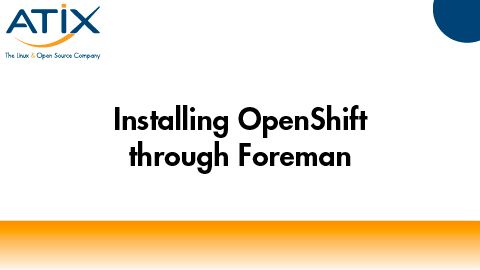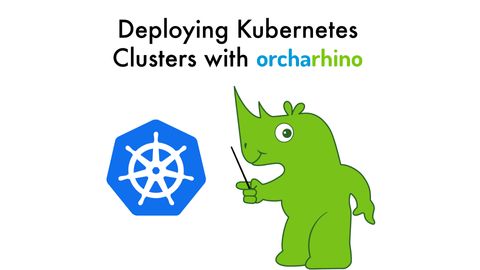Tag Archive for: orcharhino

Recap of the orcharhino Summit 2023
orcharhino Summit 2023: sky-high discussions about open-source software
Have you ever asked yourself what a Ferris Wheel, October 17, and orcharhino have in common? No? Well, you should! Take a look at our recap of the orcharhino Summit 2023—this blog will give you a few insights!
Have you ever asked yourself what a Ferris Wheel, October 17, and orcharhino have in common? No? Well, you should! Take a look at our recap of the orcharhino Summit 2023—this blog will give you a few insights!

Open-source software today and tomorrow
The color green and open source—not an obvious match, at first glance. Really not? Wrong! Open source actually is green. Would you like to know in what way this is the case and what everything has to do with ATIX's green rhino and Istio? Then enjoy reading my blog!

Introducing pulp_deb 3.0—the Future is Structured!
Today, we want to introduce the pulp_deb 3.0 release! In this blog article, we explain why we do this, how we come to do it, and how we have solved one or two existing problems. Enjoy reading!

Managing Large Debian Repositories with Pulp
Pulp is a free, open-source platform for software repository management. You can fetch, upload, and distribute content from various sources. Repository versioning makes sure that nothing is lost as you can always roll back to previous versions. The pulp_deb plugin adds APT repository support.

Configuring Hosts using Ansible
You can use Ansible to configure managed hosts within orcharhino. For our up-to-date documentation, see Configuring Hosts using Ansible.
Ansible is an automation engine and configuration management tool. It works without client and daemon and solely relies on Python and SSH. Ansible consists of a control node, for example a notebook, a workstation, or a server and managed nodes, that is the hosts in its inventory. You can use Ansible to configure hosts similar to Puppet and Salt.

Installing OpenShift through Foreman
If you understand how to install CoreOS, you can also install OpenShift 4. You can provision CoreOS hosts using Foreman. In his talk at the Config Management Camp 2023, Jan explained how to do so, what obstacles there are, and how to use this solution to deploy an OpenShift cluster.

Live Patching & Foreman—how it fits together
Apply patches and critical updates to your Linux kernel without rebooting your system, maximize uptime, and perform critical security updates and major bug fixes: in his talk, Bernhard presented how to combine and use this technology with Foreman.

pulp_deb past, present, and future – tell us what pulp_deb development should focus on next
The pulp_deb plugin is entering a new phase of the software lifecycle, and we want you to tell us what the plugin development should focus on! We will provide an update on the latest features and how we got here, but the focus will be on where we plan to go next.

orcharhino and SecureBoot
Security is mandatory in today's IT. Although orcharhino was primarily developed for lifecycle management of servers, more and more customers demand unattended provisioning and lifecycle management of laptop systems. This often means that you have to enable SecureBoot. In this article, we would like to give you a short introduction to SecureBoot and explain why it is difficult to combine it with orcharhino’s unattended provisioning.

Deploying a Kubernetes Cluster with orcharhino
This blog post is about an orcharhino feature called application-centric deployment (ACD), and describes the process of deploying a Kubernetes cluster with orcharhino. It allows administrators to create hosts based on application templates, and makes it easier to run multiple instances/versions of a complex application.


